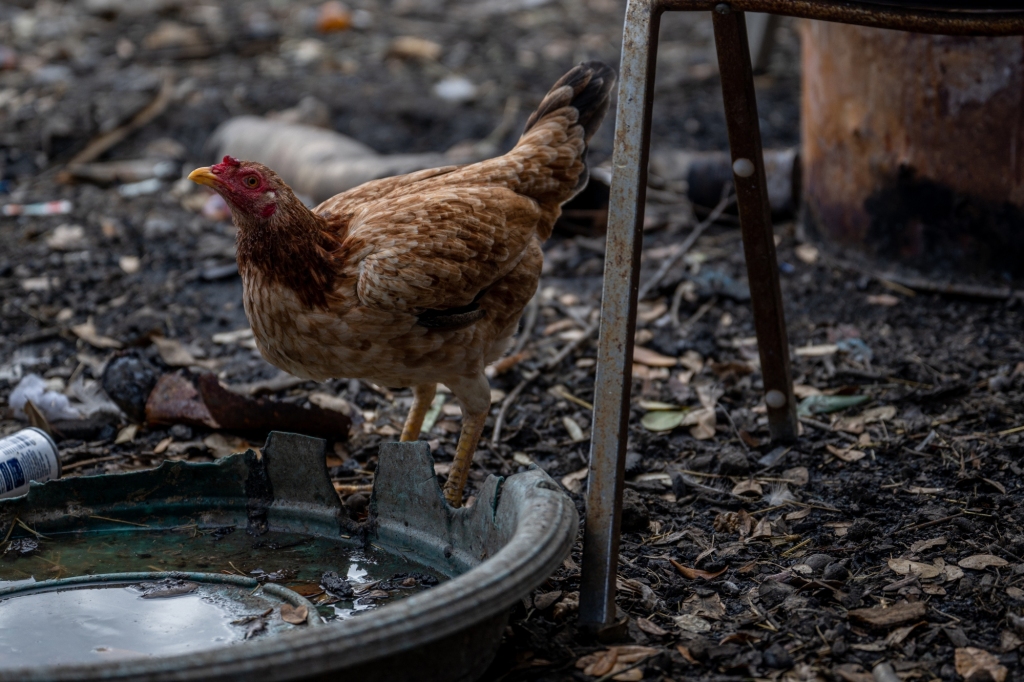By Meg Wingerter
Right now, the average person has very little risk of contracting bird flu, but whether that could change at some point depends on whether two viruses meet in the wrong animal.
The virus currently circulating is a strain of H5N1 flu (the letters and numbers refer to certain proteins on its surface). It’s highly lethal in chickens and other poultry, and millions of birds have had to be euthanized in Colorado and across the nation after their flocks were infected. That’s a major factor in the sharp increase in egg prices in recent months.
Only a handful of human cases have been reported, all in people who worked with poultry or had backyard flocks. This type of H5N1 isn’t well suited to spread between humans, but it has infected other mammals.
One human in Colorado tested positive last year, but health officials weren’t sure if the person was truly infected, or if some virus particles just hitched a ride in their nose. The person, who worked with poultry, reported fatigue was their only symptom and recovered fully.
More recently, a black bear, a skunk and a mountain lion died of H5N1 in Colorado. All were believed to have eaten dead birds.
“That doesn’t mean that the virus has changed (to infect mammals more easily), it means it was a very intense exposure,” state epidemiologist Dr. Rachel Herlihy said. “There don’t appear to be changes that allow it to spread more easily between humans.”
What is H5N1?
The virus that’s spreading now is a strain that was first found in the Netherlands in 2020. As of December, the World Health Organization had collected reports of six human infections with this particular virus: the Colorado case, three others that were asymptomatic or mild, one that was severe and one that was fatal.
Genetic sequencing from those six cases didn’t show any signs the virus had picked up mutations that would be useful in spreading between humans.
Other species that have gotten infected around the world…
Read the full article here







